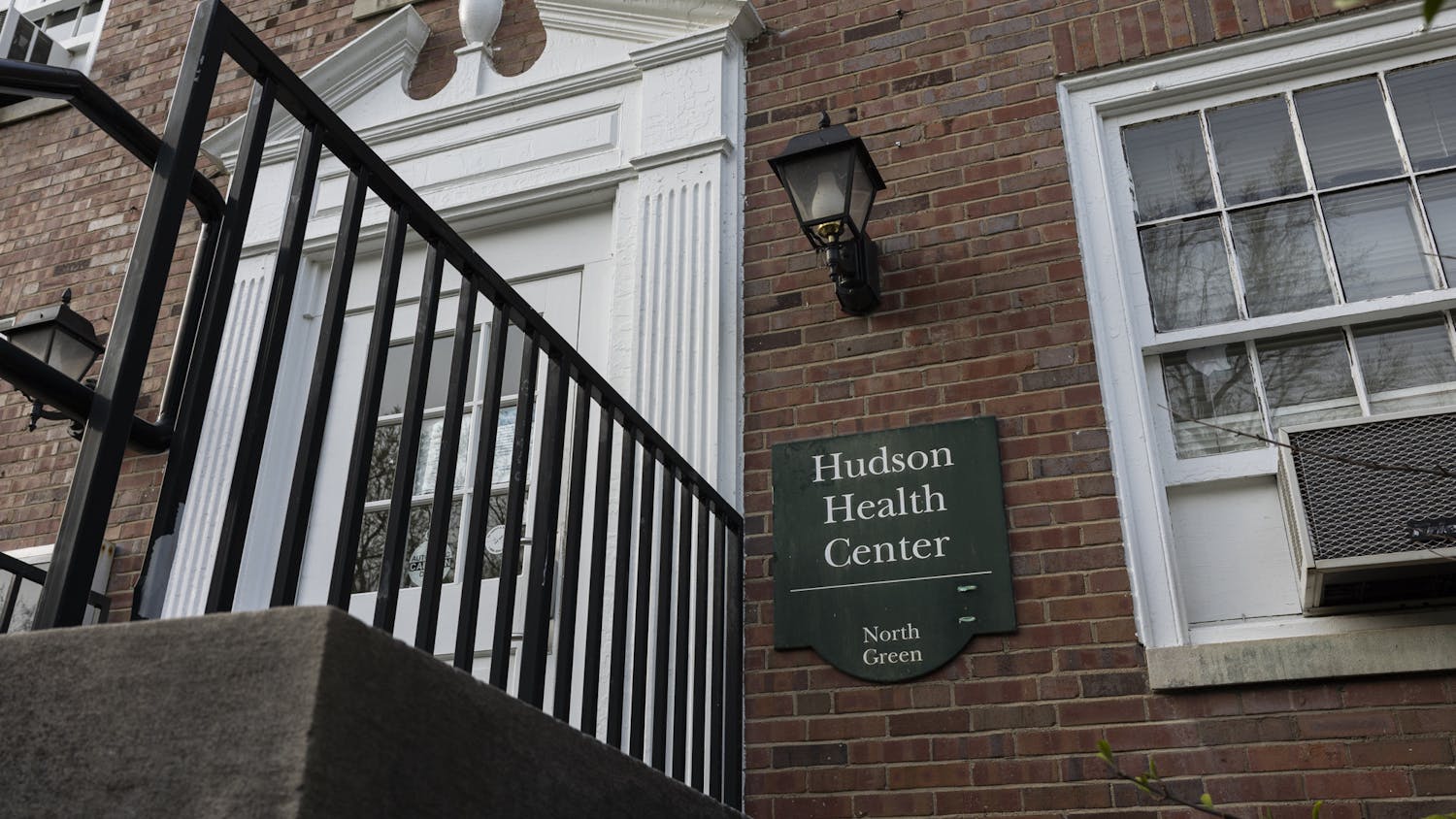The spread of COVID-19 has greatly impacted society, with most jobs transitioning to virtual-only and individuals quarantining within their homes. TV news, internet and social media have become primary sources for information about the global pandemic at hand. However, other forms of media, such as podcasts, are seeing their audience increase as well, as people look to feed their brains while being pressured to isolate.
Hil Hackworth, an Athens local, has been running his one-man podcast, “View from the Hil,” since 2015. His podcast can be accessed on both Soundcloud and Apple Podcasts, and it focuses on promoting and displaying the music and art of creators living in Athens and surrounding areas.
Hackworth has had to transition all of his podcasts’ interviews to phone-only rather than in-person, but he believes everything else about his creative process is essentially the same because podcast work is already pretty virtual.
“There are so many musicians and artists in this area, it’s hard to run out of content ideas,” Hackworth said in an email. “My podcast focuses on guests being a central role for the show, so as long as I have a guest lined up who is willing to be interviewed, I always have material.”
Others, however, have seen big changes with the spread of the coronavirus. Bob Stewart, director of the E.W. Scripps School of Journalism at Ohio University, recently began producing his “#ScrippsTalks” podcast, where he tells the stories of OU alumni and students as they transition their operations during the global pandemic.
“It’s kind of an oral history,” Stewart said. “In a sense, we’ll be able to reflect back on it at some point, but it also helps the public — you know, future students, current students, basically the community around the school. What kind of coverage is being provided by alums and students? How is faculty dealing with the changes and so forth?”
In order to produce his podcast, Stewart had to utilize the resources he had at home in isolation, which was essentially just his computer, iPhone, microphone and recorder. Even though he didn’t have a recording studio, this in no way deterred him from getting to work at home. Since March 22, 24 podcasts have been produced, which can be accessed through the Twitter hashtag #ScrippsTalks.
“I find that I’m having a pretty creative streak right now with ideas,” Stewart said. “It’s hard to know exactly why. I think that having a weight like the coronavirus either causes you to go into the fetal position or to reflect more on life and reflect more on what’s going on around you. It’s had the latter effect.”
Stewart believes most media platforms, from podcasts to television to streaming services, will see an increase in audience numbers as the coronavirus’ spread pushes the world to isolate. He said people will be sitting around looking for stimulation, and so audiences will be really strong.
Tom Hodson, director of WOUB Public Media and Berman professor of communication in the Scripps College of Communication, can back that claim as co-producer of his podcast, “Spectrum.” The podcast started in June 2016, and Hodson has posted 186 episodes since then, publishing conversations with eclectic people, ranging from policymakers and journalists to authors and celebrities.
The podcast can be found on Apple Podcasts, Google Play, the NPR Podcast Directory and numerous other streaming platforms. Hodson said “Spectrum” has received a spike in listeners during the first few months of 2020 when compared to the first few months of 2019. He believes this is because they’ve covered a lot of issues related to the pandemic.
Hodson admitted that recording podcasts remotely was initially a challenge, but he has worked out an effective way of recording through Zencastr with his co-producer, Adam Rich. In isolation, Hodson is now “brimming over with ideas for upcoming episodes.” His podcast is now focusing primarily on issues and topics that large media platforms are not discussing.
“Edison Research (a noted research firm about podcasting) has shown a huge growth in podcasting in 2019 and 2020,” Hodson said in an email. “I think that trend will continue. The Edison studies show that most people listen to podcasts while at home, so this is an ideal time for them to tune in. The research also shows a growth in younger listeners (12-18), so with schools out, podcast listening may be an education opportunity.”






